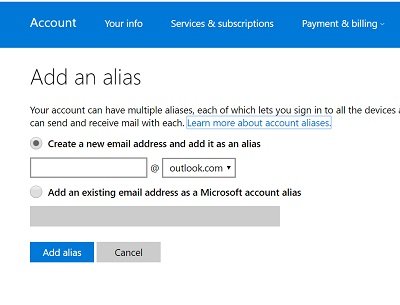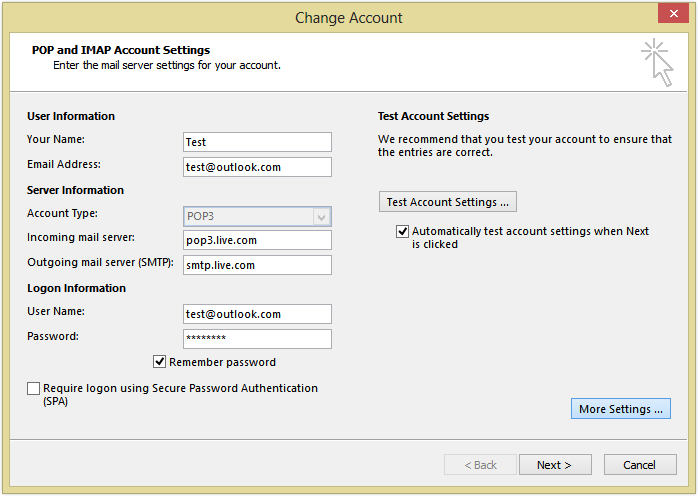

You can skip this step, but I recommend doing this for those occasions where you need to reply to a message using the address it was sent to. as email sending in. Step 3: Set up to allow you to send messages from your Gmail account. The only time to use this option is if you're consolidating messages from a POP or IMAP account where you are not the administrator and thus can't set up forwarding.) I don't recommend this approach, because it introduces extra complexity and delays the receipt of mail sent to your secondary accounts. (Note: It's possible to enable either POP or IMAP access on the Gmail account and then "pull" the messages from your primary account. As a result, the only messages that remain in Gmail are those that are classified as spam and filtered to the Junk folder. Note that you have the option to keep forwarded messages in your Gmail inbox.


(If you want to do the same, follow the instructions in this post: Why I use for my custom email accounts (and how you can too To access mail from that account, I just go to and sign in with my personal email address. The domain I use for personal email is registered with the Microsoft Custom Domains Admin Center, and I've set up my personal account as well as accounts for various family members there. That's the way Google wants it, which is why I've given up on Gmail after almost a decade. But this onetime alternative is showing signs that it's past its prime, especially if you want to use the service with a third-party client. Gmail was a breath of fresh air when it debuted.
How can i change my outlook email address free#
If that account is on a free service run by a large corporation, good luck getting anyone's help in restoring your account. If you depend on an email address that someone else controls, you run the risk that the owner of that domain will suspend your account for a real or imagined infraction of their terms of service. I'm a firm believer in the value of owning one's own email address, though, even for personal mail. You can use a generic address if you want simplicity. Step 1: Set up your new primary email address.
:max_bytes(150000):strip_icc()/change-annotated-e957b5a082b64c278117a85ca904c747.jpg)
Note that the steps I list here will work with any service, not just, although you'll have to dig around to find the corresponding settings for other services. This post explains how I did it, and how you can do the same. With this consolidation, all of those widely scattered addresses are now going to a single inbox, with an address hosted on a domain I own. Over the years I've accumulated a collection of addresses on a variety of free email services: Hotmail and its successors Yahoo (barely used) and, of course, Gmail. I keep my personal mail separate from my work correspondence. (I list the reasons why I made that choice in this post.) My primary work email address is associated with my business domain and is hosted on an Exchange Server run by Intermedia. Last weekend, I moved several thousand messages to a new account at, leaving my once busy address as a plain-vanilla forwarder going to a more modern service, one that works effortlessly with all my devices. As I wrote in my last post, after nearly a decade, I've finally given up on Gmail


 0 kommentar(er)
0 kommentar(er)
